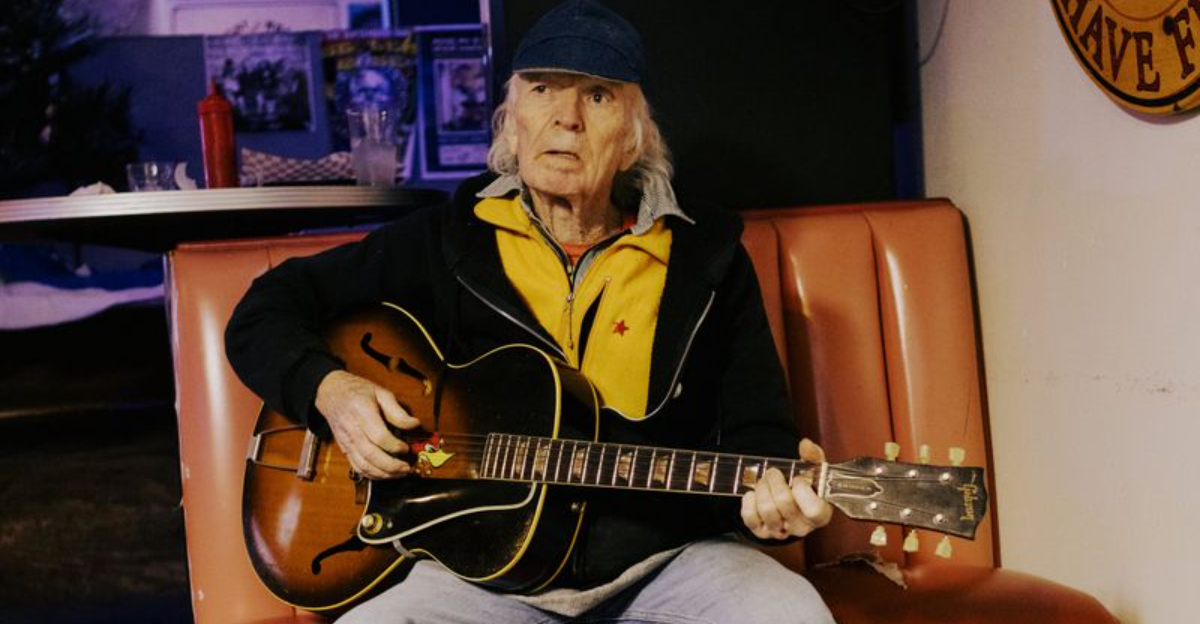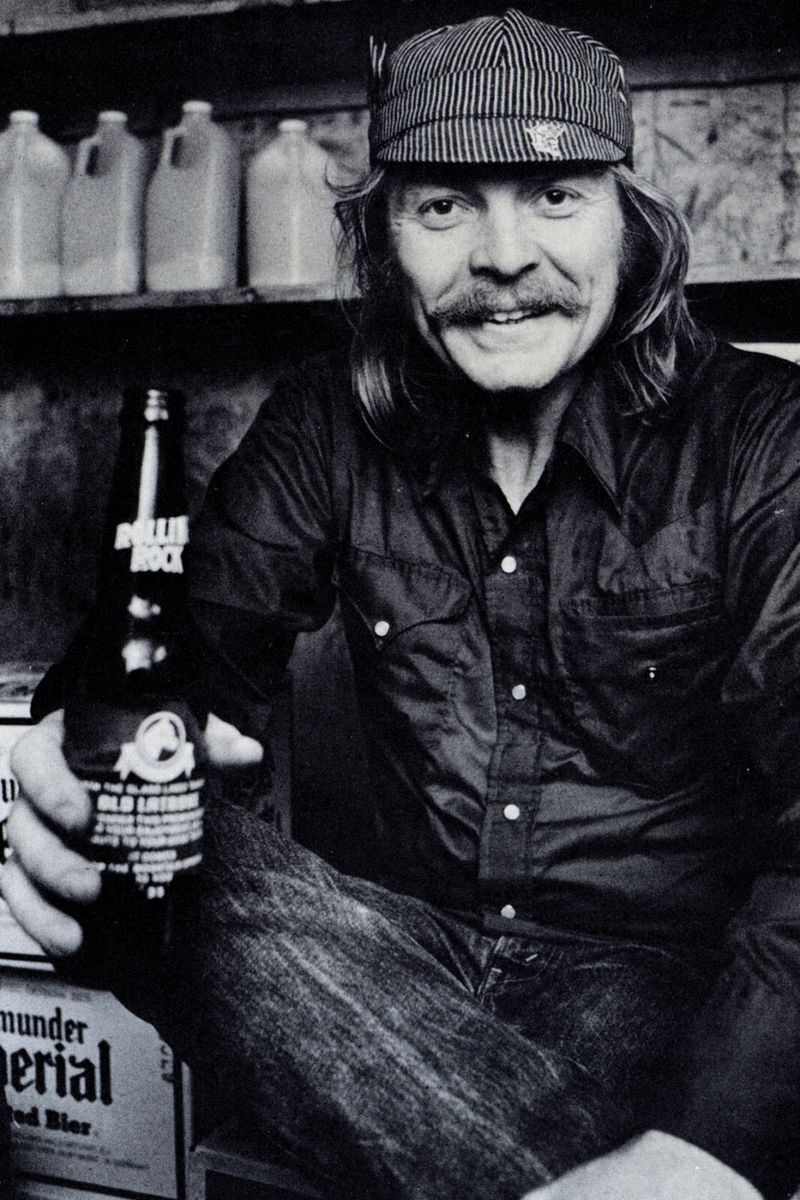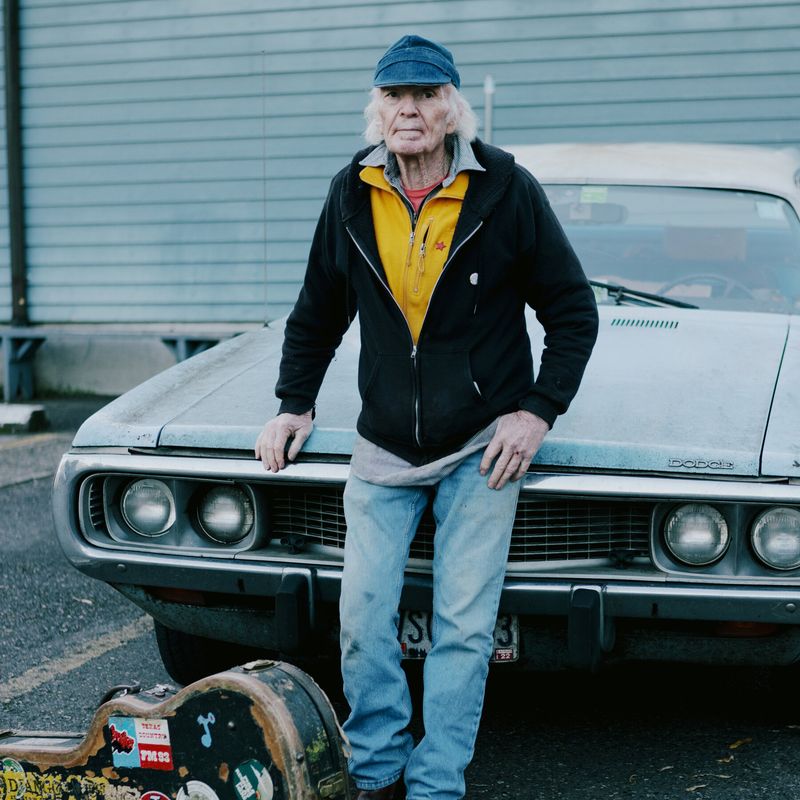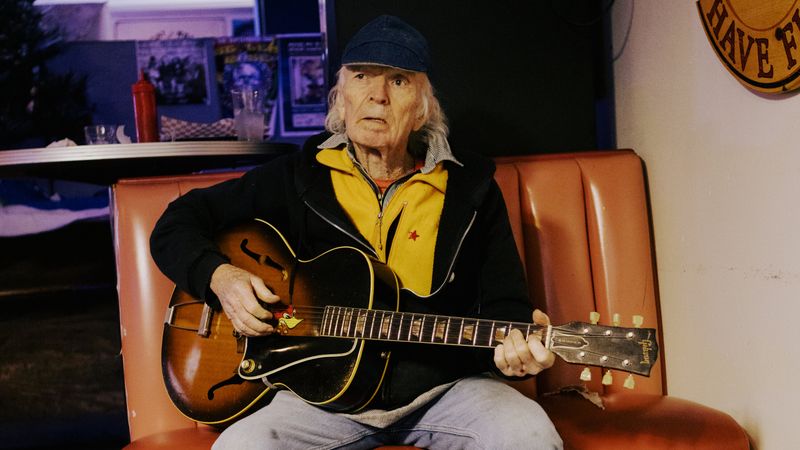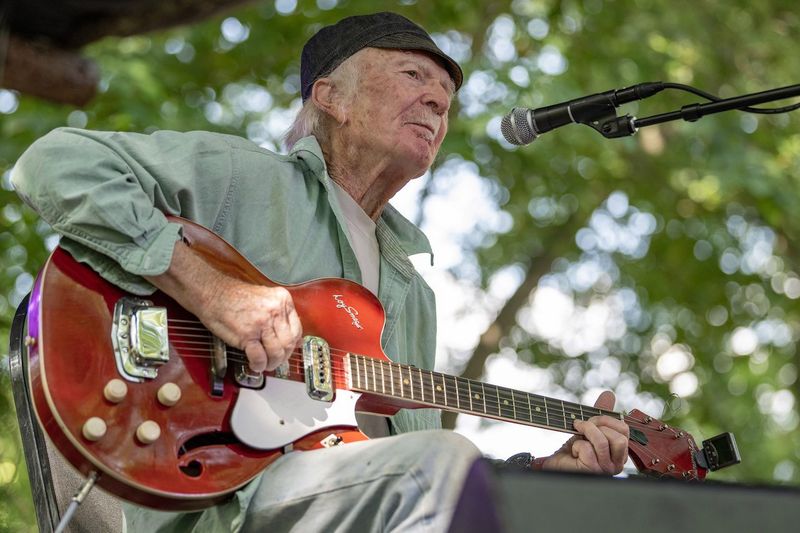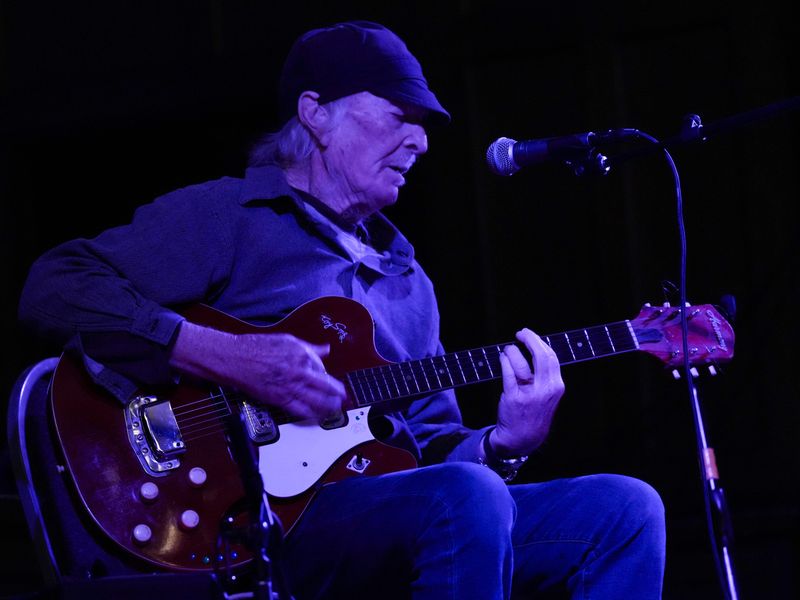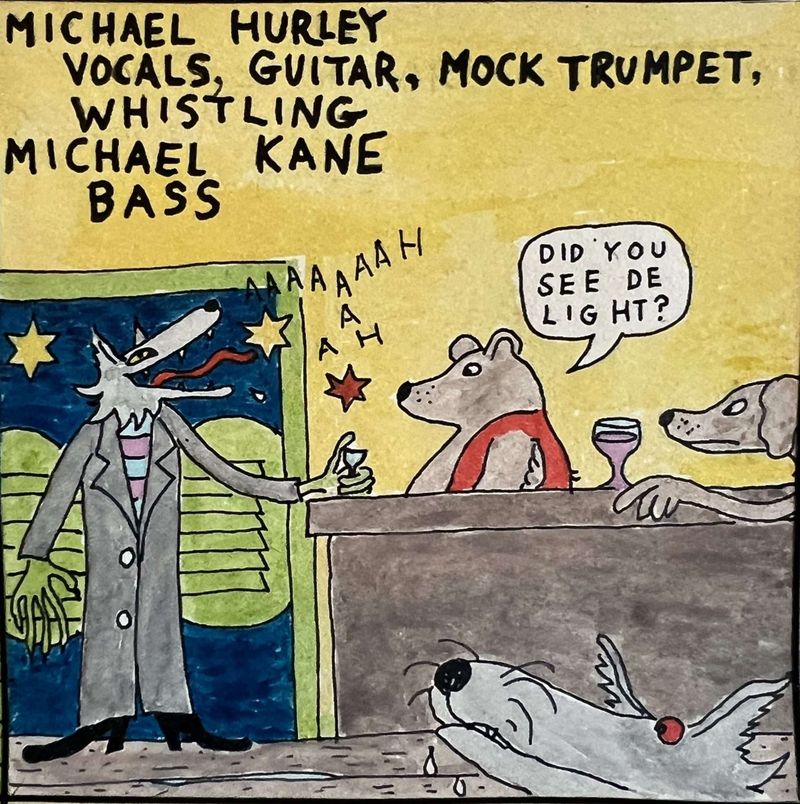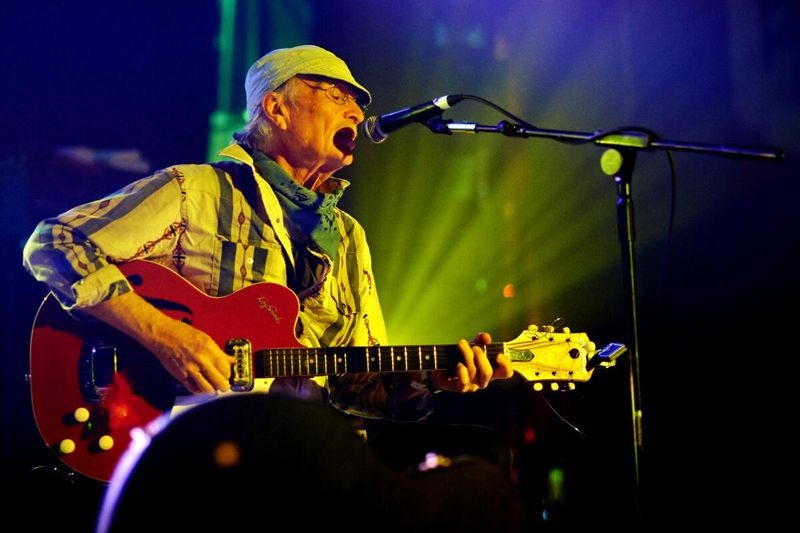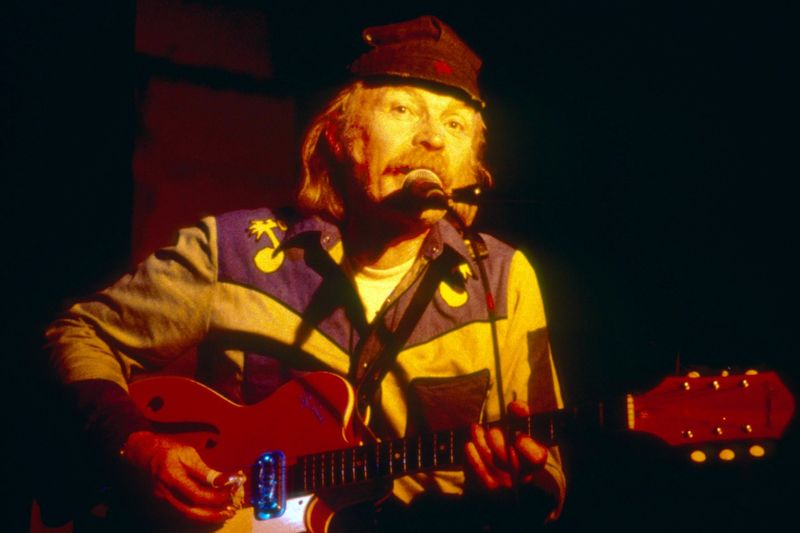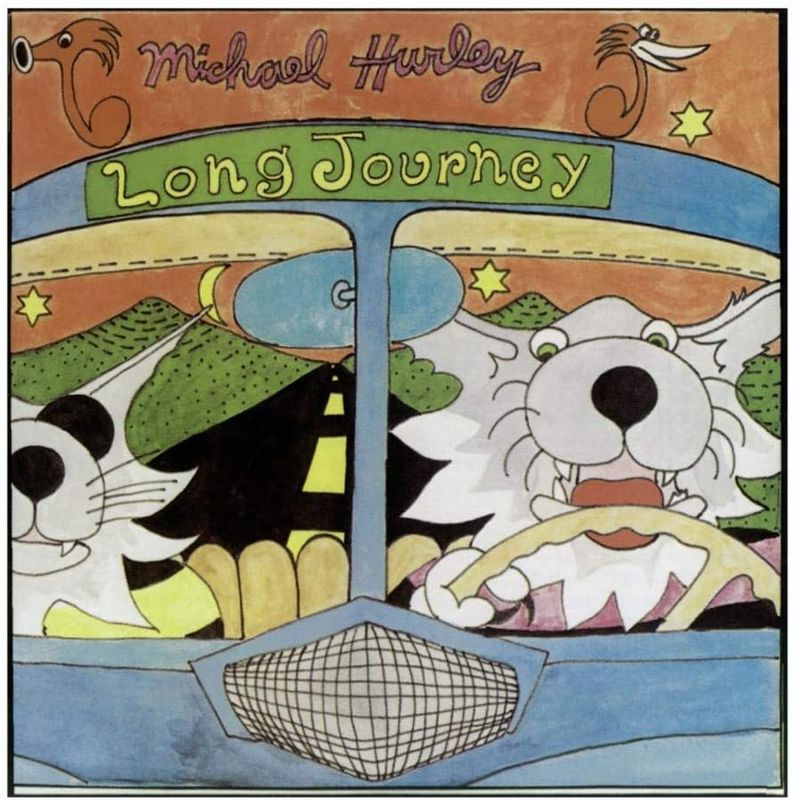Michael Hurley, the iconic folk artist and singer-songwriter who rose to prominence during the 1960s Greenwich Village folk revival, has died at the age of 83.
His passing was announced by his family on March 27 via a statement shared through his record label, No Quarter Records, on Instagram.
While the cause of death was not disclosed, the news has left fans and fellow musicians mourning the loss of a truly original voice in American folk music.
1. He Was a Pioneer of Outsider Folk
Michael Hurley, known for his distinct outsider folk style, was a musical maverick who charted his own course. A true original, his art was a rebellion against mainstream trends, offering something refreshingly authentic. His music, often described as quirky and raw, resonates deeply with those who value sincerity over perfection.
Hurley’s songs are a journey through the human experience, touching on themes of love, loss, and whimsy. They offer listeners an escape into a world where every note tells a story, and every lyric paints a picture.
2. His Debut Album Was Released on Folkways Records
In 1964, Hurley made his remarkable debut with ‘First Songs’ on the legendary Folkways Records, the same label that housed folk luminaries like Woody Guthrie. This release marked his entry into a world steeped in tradition yet ripe for innovation.
The album was a testament to Hurley’s ability to merge storytelling with melody, crafting songs that were both intimate and universal. It’s a piece of folk music history, capturing the essence of an era while paving the way for future generations. His debut remains a cherished relic among collectors and fans alike.
3. He Created His Own Musical Universe – Literally
Michael Hurley didn’t just craft songs; he built a universe filled with intriguing characters and narratives. His creations, such as Snock and Jocko, brought a playful mythology to his music, offering listeners a window into his idiosyncratic world.
These characters weren’t just figments of imagination; they were companions in his artistic journey, appearing in lyrics and album art. Hurley’s universe was a blend of humor, melancholy, and charm, a testament to his boundless creativity and his ability to turn the ordinary into the extraordinary.
4. He Was a Cult Favorite Among Indie and Folk Musicians
Michael Hurley held a special place in the hearts of indie and folk musicians who admired his authentic sound and storytelling prowess. Artists like Devendra Banhart and Cat Power hailed him as a pivotal influence, drawn to his ability to convey raw emotion.
His music transcended generations, resonating with those who sought something real and unfiltered. Hurley’s influence can be heard in the work of many respected artists today, his legacy living on through the songs of those he inspired. He remains an enduring icon of artistic integrity.
5. He Never Chased Fame—And That Made Him Iconic
Unlike many of his contemporaries, Michael Hurley was not one to chase the limelight. His career was marked by a humble approach, choosing small venues and lo-fi recordings over grand stages. This understated presence only added to his mystique, making him an icon for those who value substance over spectacle.
Hurley’s authenticity earned him a devoted following, proving that true artistry doesn’t require ostentation. His legacy is a reminder that staying true to oneself can be the most powerful statement of all.
6. His Songs Were Raw, Weird, and Beautiful
Michael Hurley’s songs are a kaleidoscope of emotions, each one offering a glimpse into the human soul. With tracks like “O My Stars” and “Sweedeedee,” he explored the depths of love, sorrow, and joy, weaving them into melodies that linger long after the music fades.
His work is a testament to the beauty of imperfection, where the raw and the weird find harmony. These songs invite listeners to embrace their own complexities, proving that beauty often lies in the unexpected and the unpolished.
7. He Was an Artist in Every Sense
Beyond his musical talent, Michael Hurley was a gifted visual artist, known for his intricate hand-drawn album covers and posters. His artwork was as much a part of his identity as his music, each piece telling its own story.
This artistic duality enriched his albums, offering fans a visual narrative to accompany his songs. Hurley’s art added another layer to his already rich legacy, providing a multi-dimensional experience for those who appreciated the intersection of auditory and visual creativity.
8. He Kept Touring Well Into His 80s
Age never dimmed Michael Hurley’s passion for performing. Even in his 80s, he was found touring, sharing his music with intimate crowds who cherished every note. His dedication to the craft was unwavering, proving that music truly is a lifelong journey.
Hurley’s concerts were more than performances; they were gatherings of a community bound by shared appreciation for his artistry. His ability to connect with audiences, regardless of age, underscored his timeless appeal and enduring spirit.
9. He Was a True American Original
Michael Hurley was a quintessential American original, a figure who defied categorization and embraced individuality. His music was a tapestry of diverse influences, reflecting the rich cultural landscape of America.
In an industry often driven by conformity, Hurley stood out with his unique voice and perspective. His contributions to folk music are a testament to the power of authenticity and the impact of staying true to one’s roots. He remains a symbol of creative freedom and originality.
10. He’s Gone… But His Music Will Never Die
Though Michael Hurley has passed, his music continues to resonate, a lasting echo of his life’s work. His songs are timeless, offering solace and joy to those who listen. In a world that often values the ephemeral, Hurley’s legacy is a reminder of the enduring power of art.
His fans cherish the memories and stories captured in his music, a testament to an artist whose spirit lives on through every note and lyric. Hurley’s legacy is not just about the past; it’s a beacon for future generations of musicians and listeners alike.
